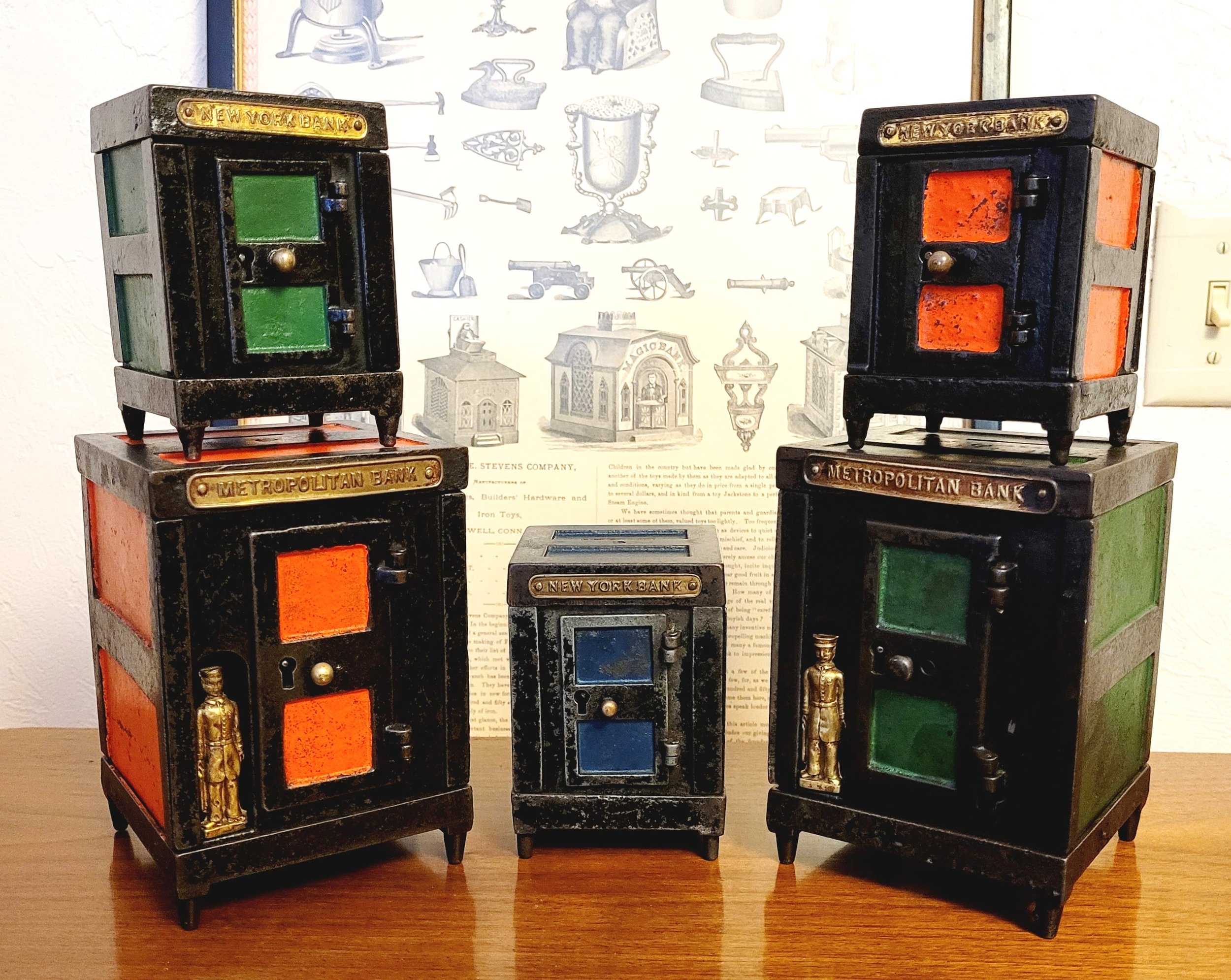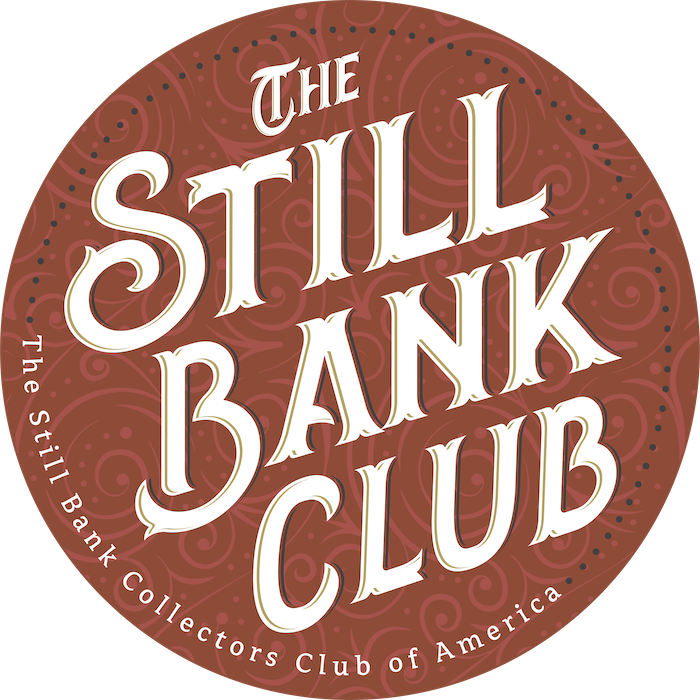
J. & E. Stevens Company
Cromwell, Connecticut
In 1843 brothers John and Elisha Stevens left their home in Bristol, Connecticut and established an iron works in the Connecticut River valley town of Cromwell. William Keightly, an experienced and talented iron mold maker, soon joined as a partner. When the firm started they were making six varieties of toys. Hardware products, coat and hat hooks, door and shutter hardware, and tools were their main products for many years.
Russell Frisbee, designer, inventor, master pattern maker, and astute businessman, joined the firm in 1866 with a twenty-five percent partnership. By 1870 production had increased such that 1000 varieties of articles were made. Approximately 80 to 100 men and women were employed at this time. In 1869, the J. & E. Stevens Company was incorporated. John Stevens was listed as president, E.S. Coe as treasurer and William Hulbert as secretary and superintendent. It is notable that Elisha Stevens was not listed as an officer in the new company. This is likely due to his involvement with his new Stevens & Brown Manufacturing Company of Cromwell, Connecticut which specialized in tin toys.
Sometime between 1869 and 1871 the first mechanical banks were manufactured at the Stevens factory. The Hall’s Excelsior Bank, patented December 21, 1869, and the Race Course Bank were the first two mechanical banks produced. It is possible that some cast iron still banks were made prior to that date.
In 1889 Charles A. Bailey, already an accomplished bank designer, received a lucrative offer to join the J. & E. Stevens Company as their chief designer. Early in his career he was employed at a coffin hardware design shop. It was here that he was introduced to the graceful floral designs that are characteristic of his toy creations.
Stevens continually expanded their line of iron toys to complement the mechanical and still banks they made. By 1890 all the hardware items had been discontinued, and full production was allocated to banks and toys.
In 1928 the line of still and mechanical banks was discontinued. Production focused on cast iron cap pistols until World War II. During the war, the factory was closed because of the iron shortage. After the war, they reopened under new ownership and produced cap pistols and toys until the mid-1950’s when they closed their doors forever.










